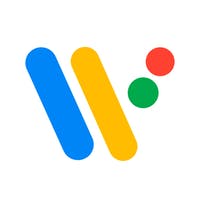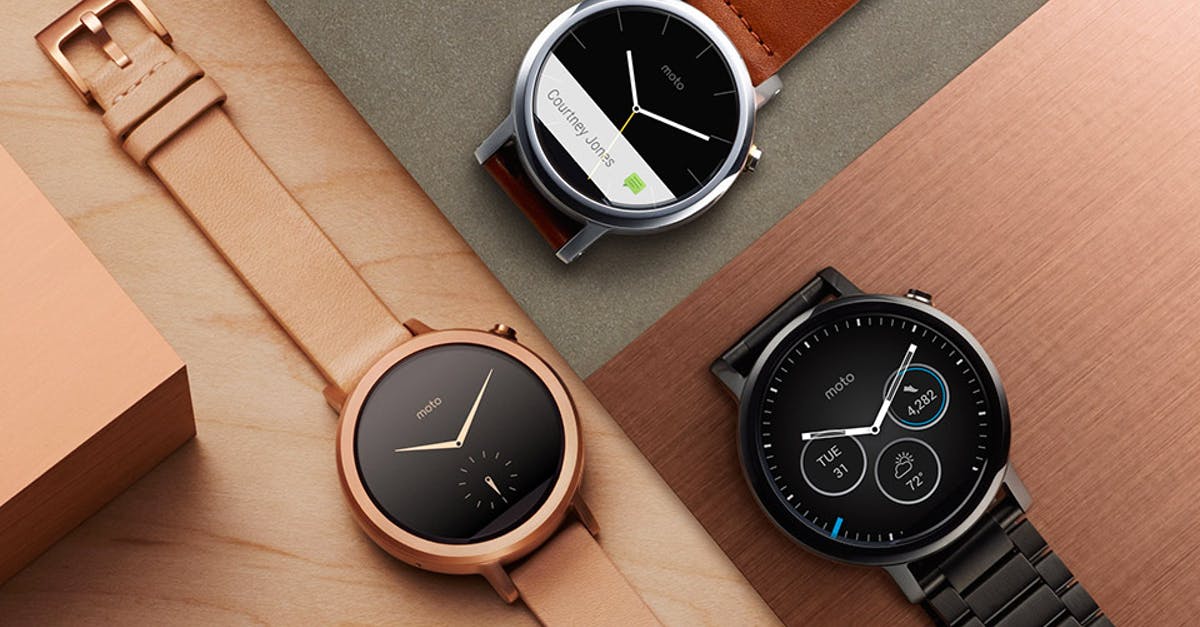Google is saying goodbye to bundled apps for Wear OS
Wear OS has seen several revisions – with ‘Wear OS 2.0’ possibly driving the biggest and most significant tweaks. After all, Wear OS 2.0 brought separate apps. To round out this change, Google will say goodbye to the legacy apps from the era of Wear OS 1.0 in March.
Legacy Wear OS apps
Users complained about the dependency on their phones with the first version of Wear OS; for example, installing apps was done by phone. With Wear OS 2.0, Google included the feedback in the design process, resulting in the Wear OS-specific Play Store, which made phones only a side issue when using the platform for smartwatches. At the same time, Google made a requirement for developers to work on proprietary standalone apps that initially didn’t require a phone connection.
For years, Google had a policy of tolerance – standalone apps were seen as the future, but developers were not forced to switch. Google did, however, take actions to ensure that developers would make the switch. For example, the so-called ‘legacy’ apps that required the connection to a phone for installation could not be found in the Play Store, but could only be installed via the apps tab on the phone. From March 10, 2021, the operation of legacy apps will come to a definitive end, Google writes in an email.
Sideload applications
On March 10, the legacy apps that are combined with the application on the device will disappear from this list of apps on the phone, and it will become impossible to install such apps without using developer tools like ADB. In a response to Android Police, Malcolm Bryant, the developer who received the email from Google, said it is becoming more difficult for him to install important tools. “Most non-tech savvy users won’t bother,” Bryant writes.
Update for Wear OS developers on the disappearance of the legacy apps for Wear OS, Image: Android Police
One of the reasons Google cites for no longer allowing the legacy model for the Wear OS platform is the space the built-in Wear OS app occupies on the phone. Even if you don’t have a Wear OS smartwatch, space was taken up for the built-in Wear OS app. In the new multi-apk model, the Wear OS app is split from the regular app for phones. For example, the Wear OS app is only downloaded and saved if it is really necessary.
Renewal Wear OS
Wear OS has seen very few innovations since the arrival of Wear OS 2.0, whether it will remain so in 2021, that remains to be seen. OnePlus has already committed to join forces with Google to optimize the platform. In addition, more watches will appear in the coming year with the Snapdragon Wear 4100 chipset, which may breathe new life into the platform. What do you think of the Wear OS platform? Do you prefer to buy smartwatches from another platform, or are you a fan of it? Let the battle of platforms erupt in the comments at the bottom of the article.




